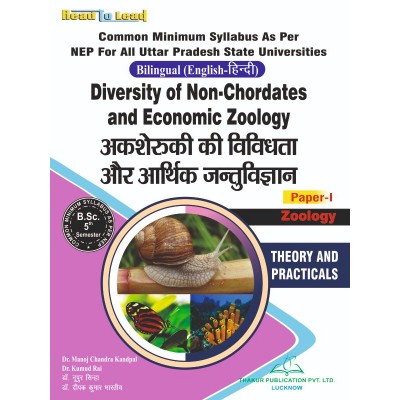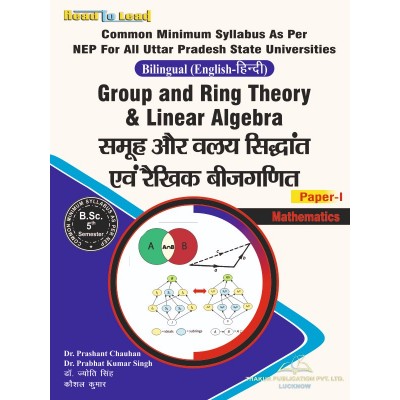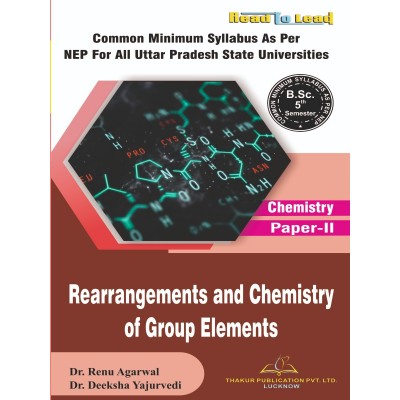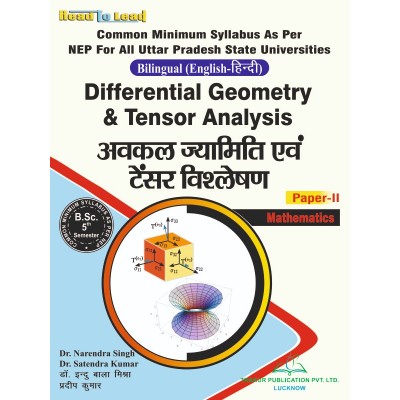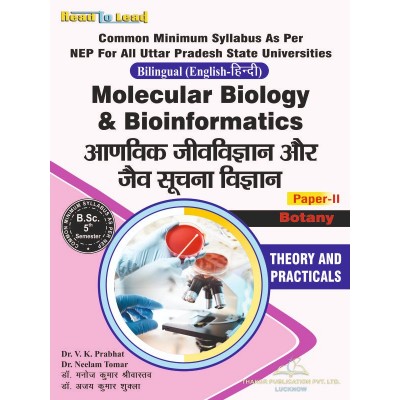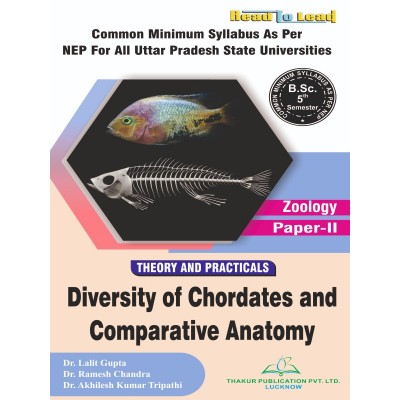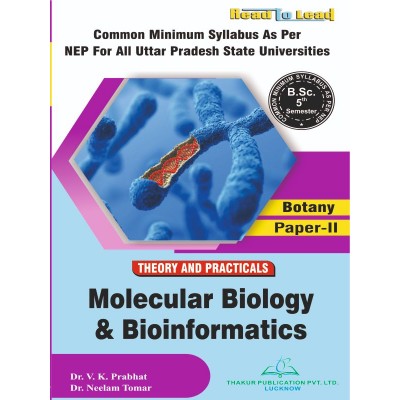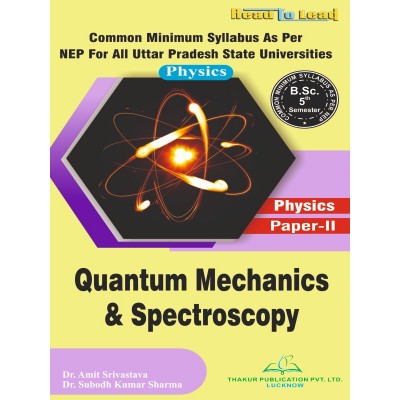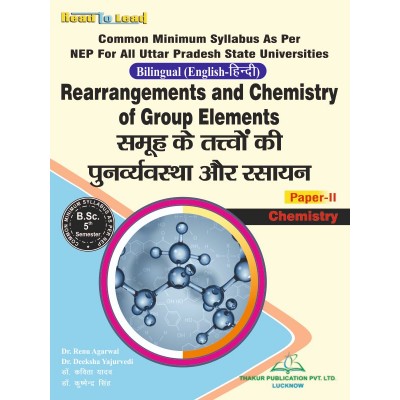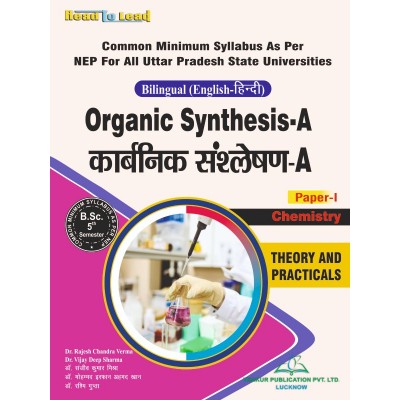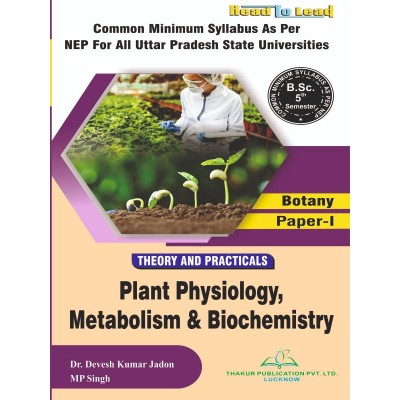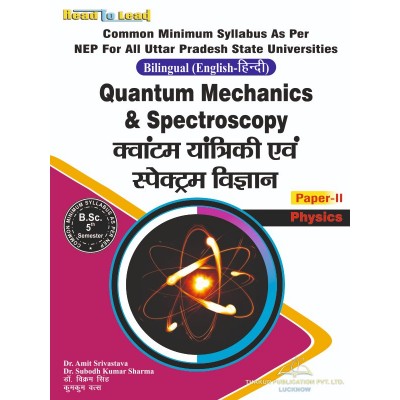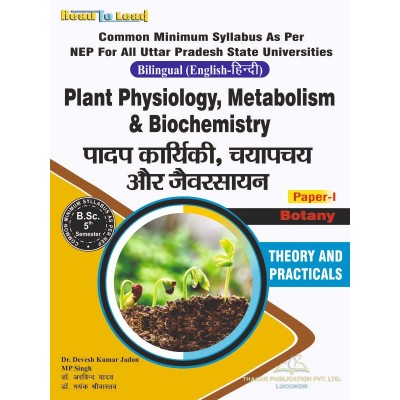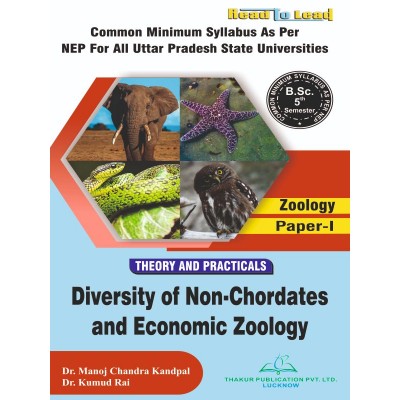Organic Synthesis-A U.P State NEP B.SC 5th Semester
Tax excluded
Click below to Buy E-Book Edition:
Authors : Dr. Rajesh Chandra Verma , Dr. Vijay Deep Sharma
ISBN : 9789357552707
Syllabus
Organic Synthesis A
Course Code: B020501T
|
Unit |
Topics |
No. of Lectures |
|
I |
Chemistry of Alkanes and Cycloalkanes A) Alkanes: Classification of carbon atom in alkanes, General methods of preparation, physical and chemical properties of alkanes: Wurtz Reaction, Wurtz-Fittig Reactions, Free radical substitutions: Halogenation -relative reactivity and selectivity B) Cycloalkanes: Nomenclature, methods of formation, chemical reactions, Baeyer's strain theory and its limitations. Chair, Boat and Twist boat forms of cyclohexane with energy diagrams ring strain in small rings, theory of strain less rings. The case of cyclopropane ring, banana bonds. |
8 |
|
II |
Chemistry of Alkenes Methods of formation of alkenes, Addition to C=C: Mechanism (with evidence wherever applicable), reactivity, regioselectivity (Markownikoff and anti-Markownikoff additions) and stereoselectivity; Reactions: hydrogenation, halogenation, hydrohalogenation, hydration, oxymercuration demercuration, hydroboration-oxidation, epoxidation, syn and anti-hydroxylation, ozonolysis, addition of singlet and triplet carbenes; Simmons-Smith cyclopropanation reaction; electrophilic addition to diene (conjugated dienes and allene); Radical addition: HBr addition; mechanism of allylic and benzylic bromination in competition with brominations across C=C; use of NBS; interconversion of E- and Z- alkenes. |
12 |
|
III |
Chemistry of Alkynes Methods of formation of alkynes, Addition to C≡C: Mechanism, reactivity, regioselectivity and stereoselectivity; reactions: hydrogenation, halogenations, hydrohalogenation, hydration, oxymercuration demercuration, hydroboration-oxidation, dissolving metal reduction of alkynes (Birch); reactions of terminal alkynes by exploring its acidity; inter conversion of terminal and nonterminal alkynes. |
06 |
|
IV |
Aromaticity and Chemistry of Arenes Nomenclature of benzene derivatives, MO picture of benzene, Aromaticity: Hückel’s rule, aromatic character of arenes, cyclic carbocations/carbanions. Electrophilic aromatic substitution: halogenation, nitration, sulphonation and Friedel-Crafts alkylation/acylation with their Mechanism. Directing effects of the groups. Birch reduction, Methods of formation and chemical reactions of alkylbenzenes, alkynylbenzenes and biphenyl, naphthalene and anthracene. |
10 |
|
V |
Chemistry of Alcohols Classification and nomenclature, Monohydric alcohols – nomenclature, methods of formation by reduction of Aldehydes, Ketones, Carboxylic acids and Esters, Hydrogen bonding, Acidic nature, Reactions of alcohols. Dihydric alcohols nomenclature, methods of formation, chemical reactions of vicinal glycols, oxidative cleavage [Pb(OAc)4 and HIO4] and pinacol pinacolone rearrangement. Trihydric alcohols - nomenclature, methods of formation, chemical reactions of glycerol. |
8 |
|
VI |
Chemistry of Phenols: Nomenclature, structure and bonding, preparation of phenols, physical properties and acidic character, Comparative acidic strengths of alcohols and phenols, resonance stabilization of phenoxide ion. Reactions of phenols – electrophilic aromatic substitution, acylation and carboxylation. Mechanisms of Fries rearrangement, Claisen rearrangement, Gatterman syntheis, Hauben Hoesch reaction, Lederer-Manasse reaction and Reimer-Tiemann reaction |
06 |
|
VII |
Chemistry of Ethers and Epoxides: Nomenclature of ethers and methods of their formation, physical properties, Chemical reactions – cleavage and autoxidation, Ziesel's method. Synthesis of epoxides, Acid and base-catalyzed ring opening of epoxides, orientation of epoxide ring opening, reactions of Grignard and organolithium reagents with epoxides. |
05 |
|
VIII |
Chemistry of Organic Halides Nomenclature and classes of alkyl halides, methods of formation, chemical reactions, Mechanisms of nucleophilic substitution reactions of alkyl halides, SN2 and SN1 reactions with energy profile diagrams; Polyhalogen compounds: Chloroform, carbon tetrachloride; Methods of formation of aryl halides, nuclear and side chain reactions; The addition-elimination and the elimination-addition mechanisms of nucleophilic aromatic substitution reactions; Relative reactivities of alkyl halides vs allyl, vinyl and aryl halides, Synthesis and uses of DDT and BHC. |
05 |
Practical
Qualitative Analysis
Course Code: B020503P
|
Unit |
Topics |
No. of Lectures |
|
I |
Inorganic Qualitative Analysis Semi micro Analysis – cation analysis, separation and identification of ions from Groups I, II, III, IV, V and VI, Anion analysis. Mixture containing 6 radicals-2 +4 or 4+ or 3+3 |
16 |
|
II |
Elemental Analysis and Identification of Functional Groups Detection of extra elements (N, S and halogens) and functional groups (phenolic, carboxylic, carbonyl, esters, carbohydrates, amines, amides, nitro and anilide) in simple organic compounds. |
14 |
|
III |
Separation of Organic Mixture Analysis of an organic mixture containing two solid components using water, NaHCO3, NaOH for separation and preparation of suitable derivatives |
18 |
|
IV |
Identification of Organic Compounds Identification of an organic compound through the functional group analysis, determination of melting point and preparation of suitable derivatives. |
12 |







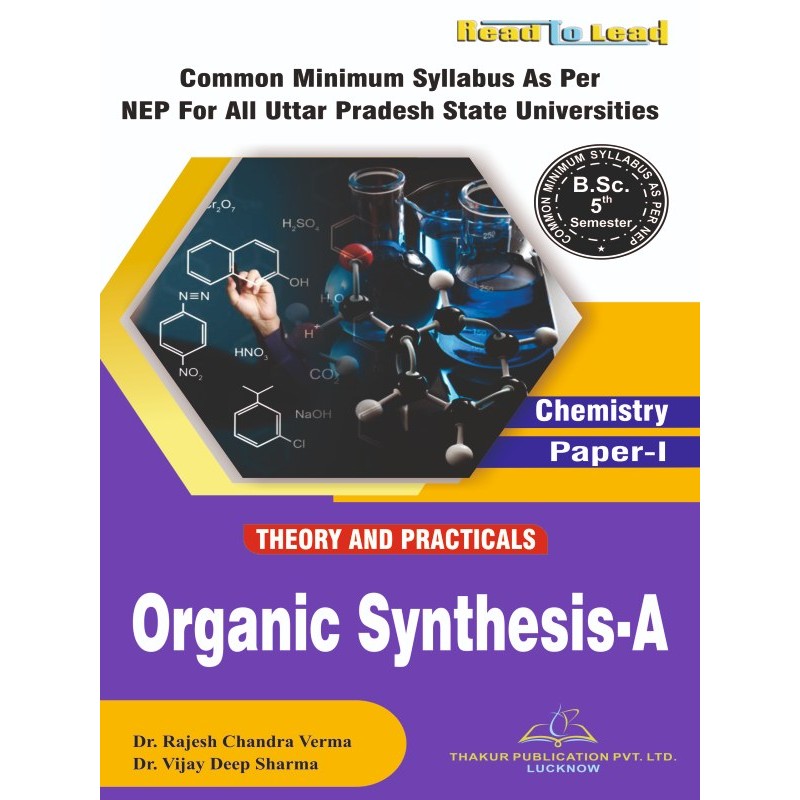


 Watch Book Review
Watch Book Review